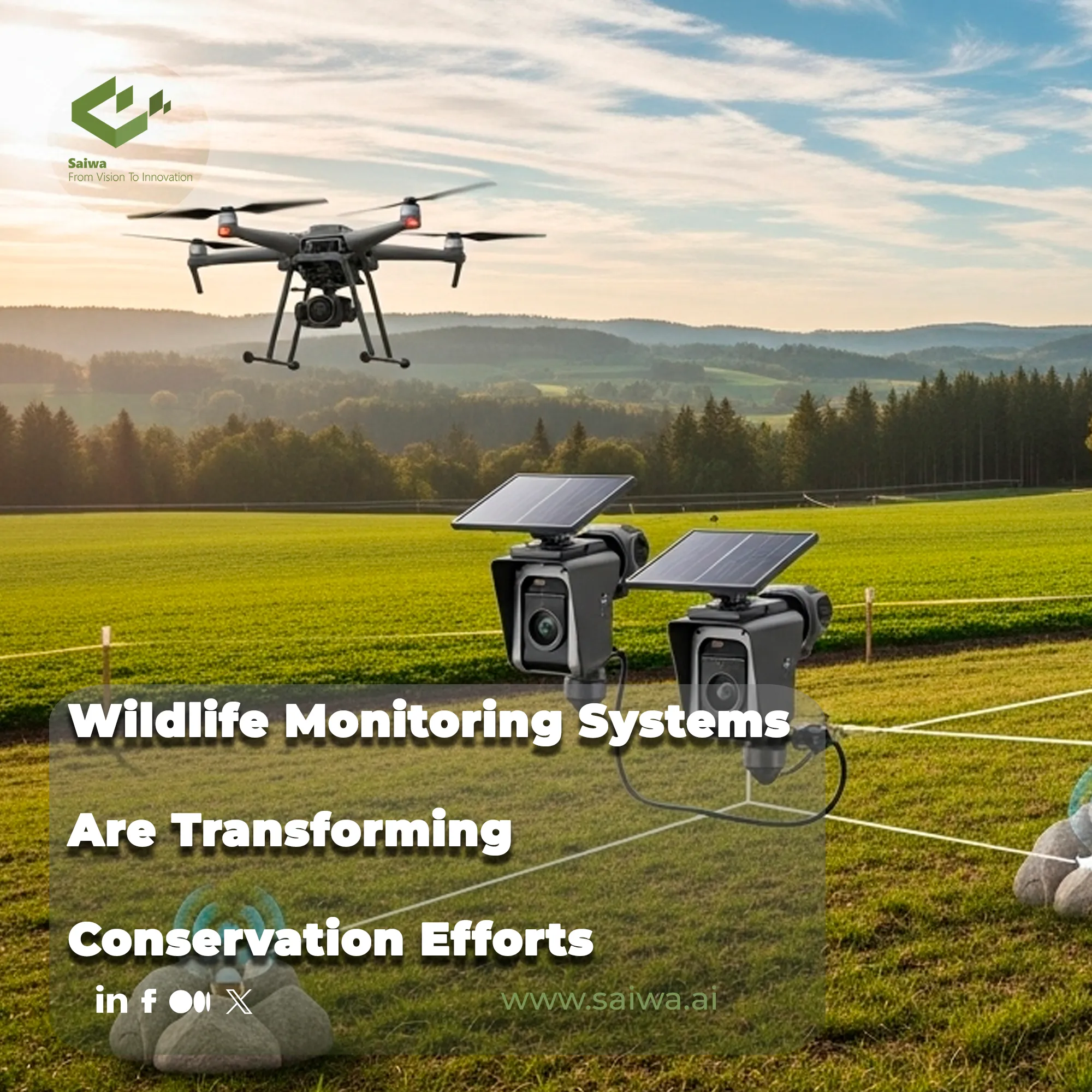How Wildlife Monitoring Systems Are Transforming Conservation Efforts

Understanding Wildlife Monitoring Systems and how to use them
Protecting our planet's biodiversity demands tools that are as dynamic and complex as the ecosystems themselves. A modern Wildlife monitoring system integrates several key technologies, providing researchers and conservationists with an unprecedented view into the natural world. This digital transformation allows us to gather crucial data with minimal disturbance. Let’s explore the core components that make these systems so powerful.
Sensors
Sensors serve as the system’s digital nerve endings. Motion and acoustic sensors can automatically trigger cameras upon detecting activity, while integrated environmental sensors gather crucial data points like temperature and humidity, providing deeper, contextual layers for observed animal behaviors.
Cameras
Deployed as non-invasive camera traps, high-resolution cameras utilize technologies like no-glow infrared flashes to operate undetected at night. They capture clear visual evidence used to estimate species presence, population density, and specific behavioral patterns without disturbing the animals.
Drones
Drones, or Unmanned Aerial Vehicles (UAVs), equipped with advanced payloads like thermal or multispectral imagers provide an unparalleled aerial view. They can efficiently survey vast and often inaccessible terrains, making critical tasks like population counts and habitat change detection significantly faster and safer than ground-based methods.
GPS tracking
By fitting animals with lightweight GPS collars or tags, we can gather precise, near real-time spatial data. This technology is fundamental for mapping critical migration corridors, defining home ranges, understanding habitat utilization, and revealing social dynamics with incredible accuracy.

Benefits of Wildlife Monitoring Systems
The true value of these systems emerges when data is translated into action. The integration of technology brings about significant advantages for conservation, creating a proactive and informed approach to protecting vulnerable wildlife. These benefits impact every aspect of modern conservation work.
Conservation Efforts
These systems provide a continuous stream of longitudinal data. This helps teams monitor population health and accurately measure the effectiveness of their conservation interventions over long periods.
Data-Driven Decisions
Accurate, real-time data is the cornerstone of effective AI in wildlife conservation. It empowers organizations to make evidence-based decisions, utilizing predictive modeling to optimize the allocation of limited resources for maximum impact.
Reducing Human-Wildlife Conflicts
By tracking animal movements via GPS, authorities receive real-time alerts to anticipate potential conflicts. This proactive approach helps mitigate negative interactions, protecting both human communities and vulnerable animal populations.
Sairone’s Role in Advancing Wildlife Monitoring Systems for Smarter Conservation
Saiwa developed Sairone to transform wildlife monitoring systems from manual, reactive surveys into data-driven conservation efforts. By combining cutting-edge AI with high-resolution drone imagery, Sairone provides non-intrusive, real-time insights into vast and hard-to-reach habitats. It automates the detection and accurate counting of animals, flags habitat anomalies that signal risk, and transforms raw pixels into clear maps, alerts, and APIs that your team can use immediately. The result is higher productivity, lower labor and travel costs, and better decision-making evidence. Sairone integrates with existing workflows and scales from rapid surveys to continuous monitoring. This helps conservationists, researchers, and authorities act sooner and protect more.
Final word
Technology has fundamentally changed our approach to conservation, shifting strategies from reactive to proactive. By integrating vast datasets from drones, sensors, and GPS trackers and then applying advanced AI analytics, we make more intelligent, data-driven decisions for our planet’s future. A smarter Wildlife monitoring system is no longer a futuristic concept; it has become an essential, accessible, and powerful tool for effectively protecting biodiversity today.
Note: Some visuals on this blog post were generated using AI tools.
